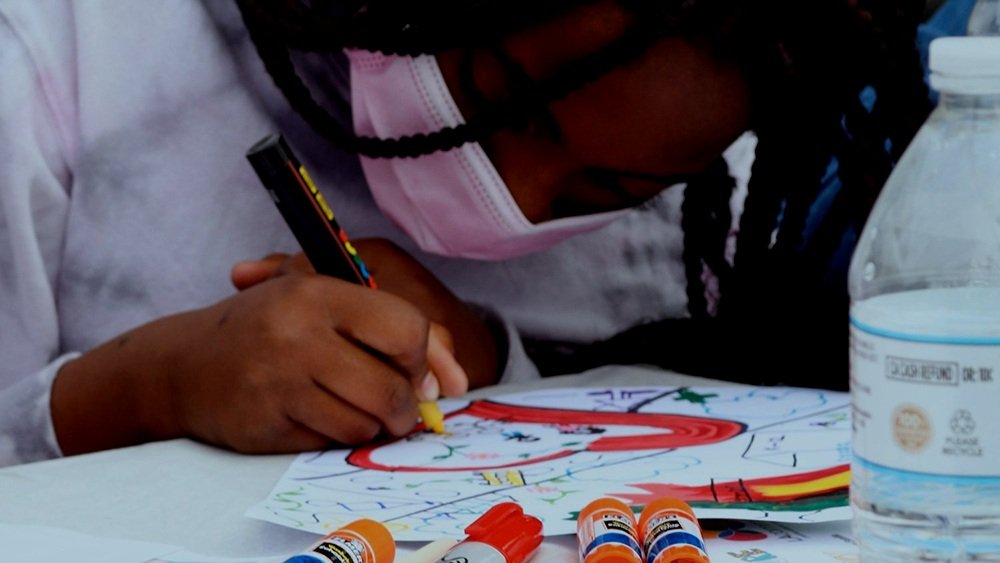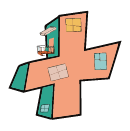You might not think “advocacy”
when you hear “architecture”
but architecture is more than just buildings; it can create system-level change. Architecture teaches us that because inequalities in the spatial environment were designed by human actions, they can be un-designed.
ARCHITECTURE IS…
Hover/click each word below to learn more

COLLABORATIVE
Architecture teaches us to work together. To construct a building, architects, electricians, craftspeople, planners, and community stakeholders collaborate to solve problems throughout the design process. As advocates for change, A+A participants work together to un-design spatial injustice.

REFLECTIVE
Architecture teaches us to think more deeply about our decisions and experiences. What looks good at the local park? Why did the architects choose to put the swings there? Why do I feel safe at one park, but not another? By questioning the design of the world around us, and learning how to design for ourselves, we can redesign our neighborhoods with justice in mind.

NARRATIVE
Architecture tells the story of a community. Buildings reveal the values, history, and culture of those who design them. But when communities are excluded from the design-and-decision-making table, spaces fail to serve the values, needs, and culture of those who live there. A+A helps communities take back a seat at that table and shape new, empowered narratives about who they are and what they can be.

COMMUNITY-BUILDING
Architecture facilitates the creation of new relationships. Two people who have never met can unite in support of a housing development; a community center provides users with a space to gather and meet new people. At A+A, we build relationships between neighborhoods, developers, and other stakeholders to create more interconnected communities.

A PROCESS FOR CHANGE
Architecture can create system-level change. Through collaboration, reflection, narrative, and community-building, we can shift the traditional power imbalance between trained-designer and designee. Through architecture, we can develop our capacities for creativity, embrace our differences, and design the change we want to see in the world.
